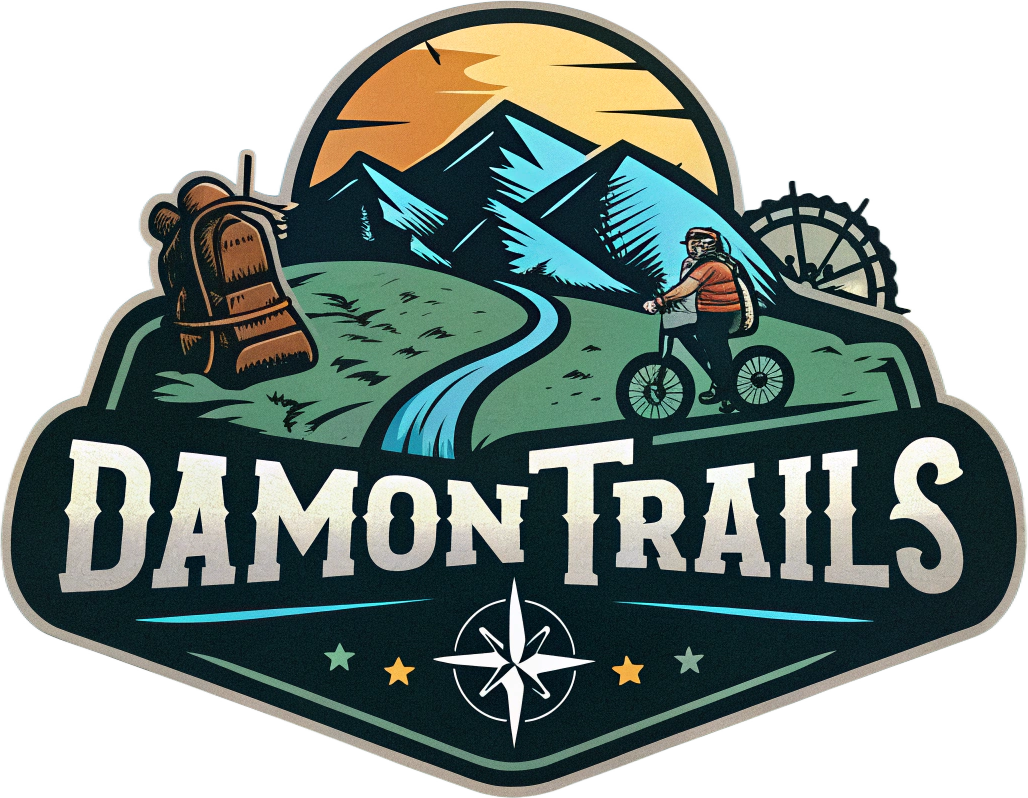
In an age where instant gratification is just a click away, the art of slow travel emerges as a refreshing antidote. Imagine stepping off a bustling train into a quaint village, where time seems to stretch and the simple joys of life come into sharp focus.
Slow travel encourages us to embrace a leisurely pace, allowing us to immerse ourselves fully in the cultures, landscapes, and experiences that shape our world. It’s not just about where you go, but how you get there. Instead of ticking off items on a checklist, slow travel invites you to savor each moment, transforming the journey into an adventure of discovery.
One of the most beautiful aspects of slow travel is its adaptability. Whether you’re a budget traveler navigating the charming streets of Lisbon or a luxury seeker luxuriating in a Tuscan villa, the principles remain the same. You’re not racing against time; you’re engaging with it. For budget travelers, this could mean opting for slower transportation methods like trains or buses, which not only save you money but also offer picturesque views and opportunities to meet locals. Imagine bonding with a fellow traveler over a shared meal on a train, exchanging stories that will linger long after the journey ends.
On the flip side, those with a penchant for luxury can also indulge in slow travel by booking extended stays in upscale accommodations. Think about a beautiful Airbnb overlooking the ocean or a boutique hotel in the heart of a city. Here, the luxury lies not only in the plush amenities but in the ability to unwind, explore at your leisure, and perhaps even develop a deeper connection with your surroundings.
Eco-friendliness is another significant trend within the realm of slow travel. As travelers become more conscious of their impact on the environment, many are seeking sustainable options that minimize their carbon footprint. From choosing eco-friendly lodgings that prioritize sustainability to participating in local conservation projects, there’s a growing desire to travel in a way that respects and preserves the natural world. This might mean opting for cycling tours through vineyards instead of motorized tours or supporting local artisans rather than large corporations.
Slow travel is also a fantastic opportunity for personal growth. When you take the time to engage with a destination fully, you’re more likely to connect with the people, their stories, and their customs. These interactions often lead to profound insights about yourself and the world around you. It’s a chance to break away from the superficiality that sometimes accompanies modern travel. Instead of hurried selfies at famous landmarks, imagine immersing yourself in a cooking class, learning to make authentic pasta from a local chef, or joining a community project that allows you to give back.
Of course, this doesn’t mean you should completely eschew the conveniences of modern travel. Technology can be your ally in this journey. Use apps to find hidden gems, avoid tourist traps, and discover local events. However, remember that the goal is to enhance your experience, not to be glued to your screen. Take breaks from your devices, allowing the sights, sounds, and scents of a new place to wash over you without distraction.
Ultimately, the beauty of slow travel lies in its ability to transform the mundane into the extraordinary. By embracing this philosophy, you’re not merely a visitor in a foreign land; you become a participant in the intricate tapestry of human experience. So, next time you plan a trip, consider slowing down. You might find that the journey is just as enriching as the destination itself.
